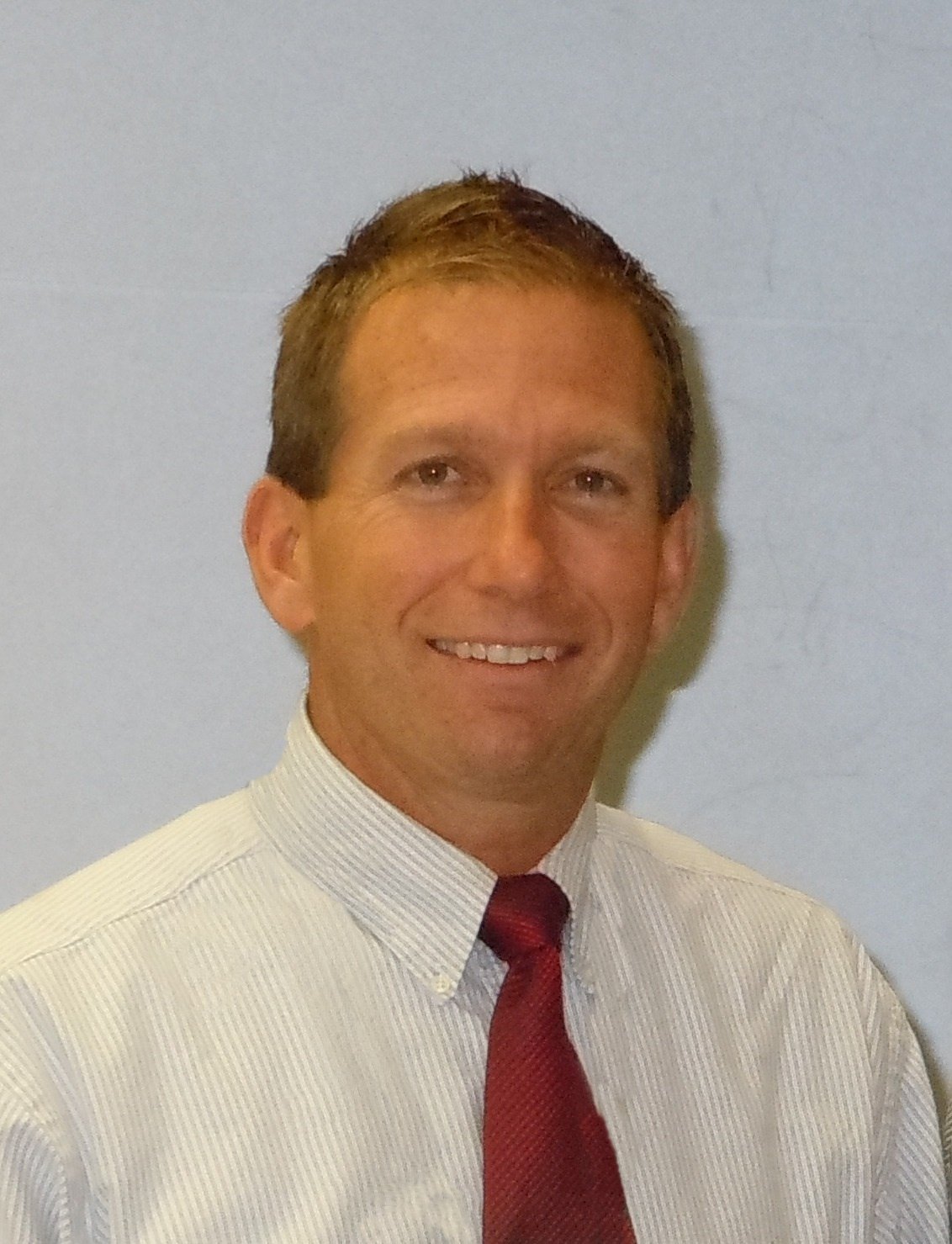Last year I heard an impactful keynote lecture at the National Association of Veterans’ Research (NAVREF) national research meeting, entitled, “Change is the New Normal.” Though the presentation was some time ago, the presentation themes stuck with me as a former research administrator, and align perfectly with Greenphire’s goal of continuous innovation and transforming operational efficiency for our clinical research partners. However, in light of the recent COVID-19 pandemic, it feels like every one of us – both personally and professionally, is suddenly having to get more comfortable with change. The message of the presenter, Chris Meade, Ph.D., are exactly what we need to hear today.
Dr Meade’s presentation centered on how businesses today need to evolve to remain relevant. Without eliminating inefficient or outdated processes, some organizations could fall behind, and some will fail completely. He cited examples such as Blockbuster, Kodak film, and Borders books; these companies did not fully adapt to operational changes around them, especially changes in technology.
As I work with leading universities and hospitals around the world, I advise them on similar steps – sharing industry best practices to enable letting go of inefficient administrative processes to realize the opportunity for a new beginning. In fact, the greater the administrative inefficiency, chaos, and need for change at your institution, the greater the opportunity. In clinical trials, it is strategically important to revisit your human resources management. Be willing to realign how research staff are being deployed in their role and evaluate their daily tasks in comparison to more efficient practices being adopted by colleagues across the industry. The best leaders look for these change opportunities and “lead-up,” modifying inefficiencies, and exceling through implementation of innovative ideas and solutions.
In organizational theory, the best leaders embrace “open systems”. Open systems allow for adapting to changing circumstances and paying attention to feedback from employees in the trenches who manage inefficient processes. Or, as I did when I was managing research at the Medical University of South Carolina (MUSC), learning from colleagues at other institutions who have adopted more efficient processes.
Meade also advised that the “secret to a good ending” is pruning unnecessary steps, not adding to old, outdated processes hoping to make them work better. If we think about our current environment, the FDA’s swift response and guidance on clinical trial conduct during COVID-19 illustrates the benefits of re-examining existing methods of doing things and the value of being nimble. While still holding safety paramount, the FDA outlined steps to to allow for study modifications, including trial design, geographic location of the study and population, and other factors, in order to meet study needs amongst the current, changing conditions.
“In today’s world of rapid innovation, change where you can and should.”
Meade’s closing words were as impactful last year as they are now. Each day brings new news, and we’re all trying to make our way through the immediate impact of the pandemic. From our vantage point at Greenphire, clinical research is being carried out and we’re having meaningful conversations with clients and prospects who may be using a lull in their schedules to investigate new processes and solutions that may set them up for success when the pandemic ceases. In my product area with Greenphire, and having 28 years of experience managing clinical research, the example of replacing antiquated manual participant payments methods such as checks, gift cards, and bank cards with the efficiency features of ClinCard, is an example of adopting an effective open system technology and demonstrating willingness to “change.”
Today I challenge you to use your time to put the innovation process in place and put change in motion. Answer these two questions – feel free to involve your colleagues or Greenphire relationship manager: “What can I do today in my role to make change possible? And, what is the next action step I should take (to avoid procrastination) and initiate discussion regarding the need for change?”


